Are you experiencing a decline in engagement on Instagram? Here is how to fix it
For some time now, Instagram engagement has been declining overall, but it isn’t for all the bad reasons. One of the major reasons behind this is due to Instagram’s commitment to removing bots, spam, and comment pods in order to ensure that your followers and engagement are real.
It took Instagram roughly four years to reach its first 300 million users. The number of monthly active users reached 500 million in June 2016. Almost a year later, the same number of people joined. At the end of September 2017, there were 800 million active monthly users on the platform. In 2021, there are 1.074 billion Instagram users which is a 22.9% increase from 2020. While Instagram was meant to be only a photo-sharing platform popular with teens, it has grown to become one of the most popular social media sites in the world.
However, this kind of rapid growth leads to saturation. The saturation of feeds leads to greater competition for users’ attention, which means decrease in engagement.
Let’s explore the reasons for this downward spiral:
1. Poor quality audience
Lack of quality followers is one of the biggest factors affecting engagement, and it is generally a good thing to have many followers, unless they are inactive or fake followers. Having fake followers will decrease the overall engagement rate, regardless of whether it was intentional or not.
Instagram’s algorithm evaluates engagement in the following way:
- Initially, only a small percentage of your followers will see your new post.
- This feature measures likes and comments on your latest post and compares them to engagement on older posts.
- The new post will be shown to your remaining audience if it is getting a higher engagement rate.
- In contrast, less engagement indicates you may have fake followers, and this might contribute to a lesser chance of having your post seen by the rest of your audience.
If your audience is fake and inactive accounts, they almost never interact with your posts which in the end will lead to a decline in your engagement rates.
2. Shadow bans and hashtag restrictions
As a result of a recent change in Instagram’s algorithm, users have started using comment pods as a way to bypass the algorithm. Engagement can be improved by using comment pods, but they are inauthentic. Furthermore, Instagram bans users they believe are part of an abusive comment pod.
Another reason users are seeing a decrease in engagement is restricted hashtags. Platforms classify them as either NSFW or spammy (like #beautyblogger or #follow4follow) and reduce post visibility. As soon as an account is flagged, it is checked for suspicious activity and you could be shadowbanned.
Unfortunately, Instagram doesn’t ever release a list of banned hashtags, so it’s difficult to know or check on a regular basis. However, if you think your hashtag is banned, we recommend you search the hashtag and see what comes up. If there are “posts hidden” messages, you should know that the hashtag is banned, and it’s best to stop using it.
3. Robots and automation
Several automation websites, such as MassPlanner and Instagress, have been shut down by Instagram. These apps help users gain followers and engagement by creating bots. These are like mini robot clones with the same interests and preferences as the original user. These are not necessarily fake accounts, but they artificially boost engagement as they just like and comment on other people’s posts. It does not matter if you use automated tools yourself, you will be affected if your followers used them. Since they don’t like everyone’s post in their feed, engagement can decline.
4. Suppression of hashtags for business accounts
The new algorithm acts differently depending on the account type, and posts related to a hashtag can only be seen by people who follow the pages associated with that hashtag unless it is a top post.
Business accounts are subject to this rule, and this means that accounts that follow specific algorithmic rules will have a harder time getting featured for some hashtags.
5. Saturation
Overall, Instagram post interactions have decreased by a whole 33% in the past year. A 27% drop was seen in likes and comments, and 39% drop in comments and likes on videos. The primary cause of all of this is Instagram saturation.
There is an increase in both the user base and posting frequency. More content is showing up in users’ feeds since they follow more accounts than before. There’s a ton of content to keep up with, and it’s a bit overwhelming. In the end, this increased competition for engagement has resulted in a decline in engagement.
In light of all of this, what is the solution to the decreasing Instagram engagement?
1. Using #hashtags strategically
When used correctly, hashtags can be used to gain popularity among target audiences. They enable other users to find, follow, and interact with your Instagram account. However, you won’t achieve anything by using and abusing random hashtags.
You can get featured in feeds by using relevant hashtags that are popular with your target audience. It is also recommended to use creative hashtags with your posts, as the narrower their scope, the more engaging they are to users.
2. Calls-to-Action
Get your posts seen by your followers by adding a captivating caption. Adding a call-to-action to the caption of your posts is the easiest way to get them to interact. According to the Instagram algorithm, posts with higher engagement are more likely to appear in user feeds.
For Example, engage your audience by providing a question, for instance, how they feel about a product or asking them to leave a reply in the comment section.
3. The best time to post
Another way to improve your engagement is by posting during peak hours, when your target audience is most likely to be online. This way you can reach the greatest number of people with your posts.
Obviously, peak times will vary depending on the kind of target audience and time zone. You can use Instagram Insights to discover when your followers are using the app if you have a business account. Posting at different times can also be an experiment to determine the best time to post.
4. High-quality content
Here is a recommendation that comes right from the source: Last year Instagram for Business responded to users experiencing issues with its new hashtag search policy.
Instagram wants people to put more emphasis on quality content to increase engagement. Rather than focusing on hashtags, they suggest focusing on a proper growth strategy for their target audiences. This shows their commitment to encouraging and promoting authentic engagements.
This also means, businesses are encouraged to allocate appropriate budgets for their Instagram growth, as organic growth is going to be a slow option. Allocating budgets for the business account growth also means building your target audience which will result in higher and quality engagement which is beneficial in the long run.
5. Instagram Stories
More than 80% of consumers prefer brands to post live content on social media. This is exactly why you should take advantage of Instagram Stories. Use relevant hashtags in your Stories to reach more people and catch their attention, along with other options such as location tag.
Engage your followers by posting behind-the-scenes photographs and bloopers, make it fun and engaging. Another trick is to share stories from live events. The Instagram Stories feature is a great way to gain more likes and comments in real-time, which improves your engagement rate.
Conclusion
Instagram is constantly changing and improving its algorithm to provide a better experience for users. There is no doubt that engagement has declined over the past few months, but shortcuts like bots and comment pods won’t last. All they can do is create a false sense of security.
We recommend to focus on the tips shared here because they are timeless and will not change with time or algorithm changes. You will be on the right track.


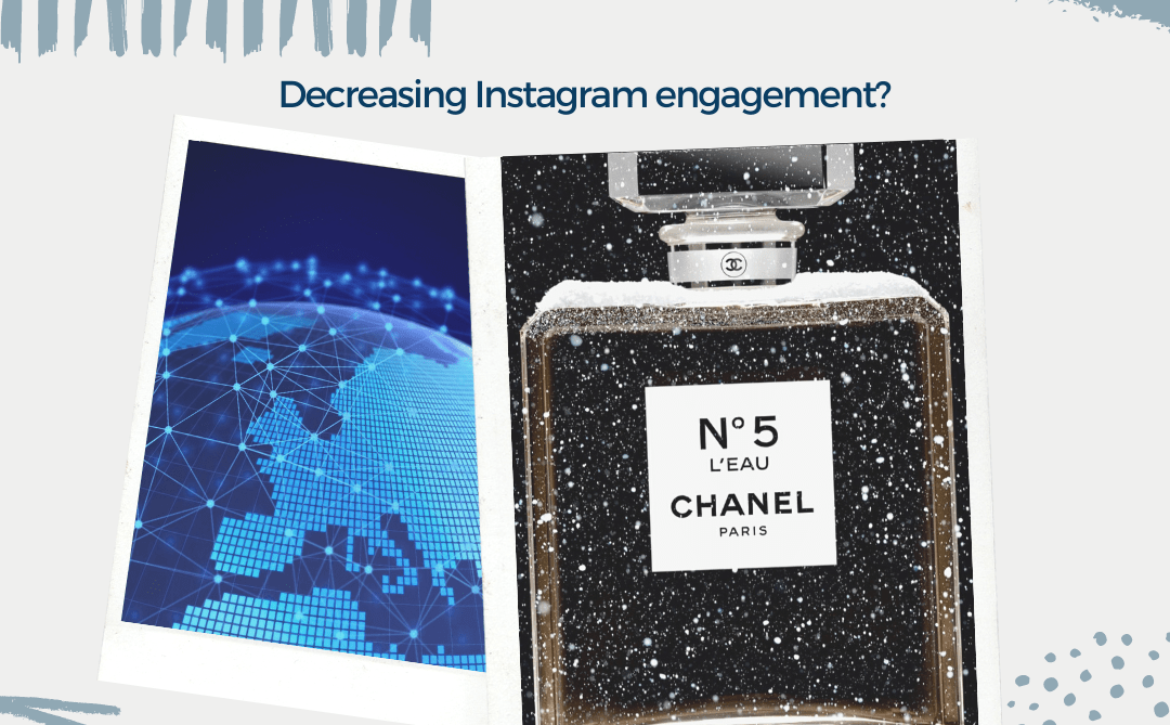
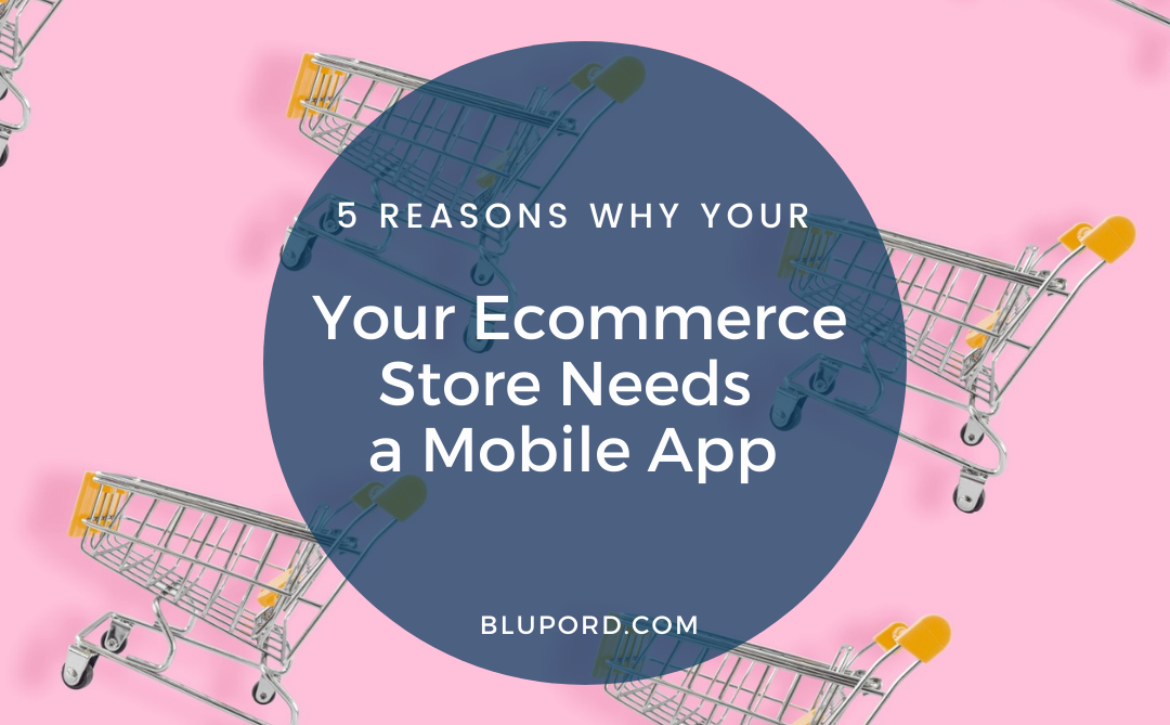
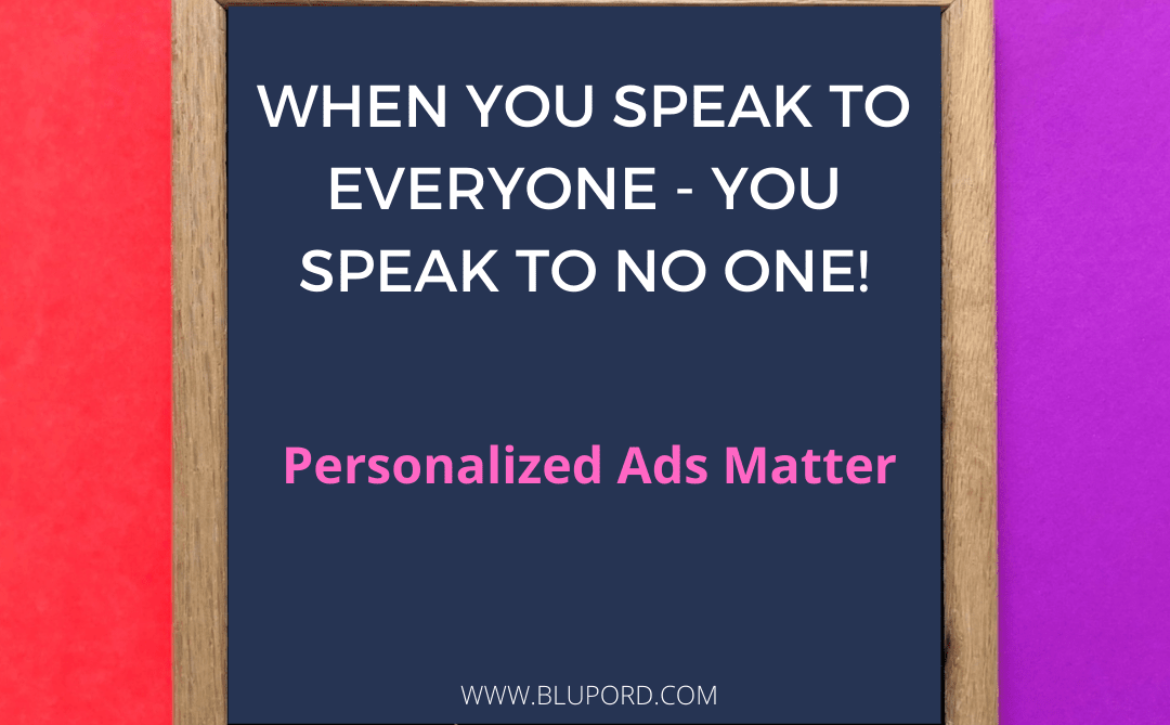

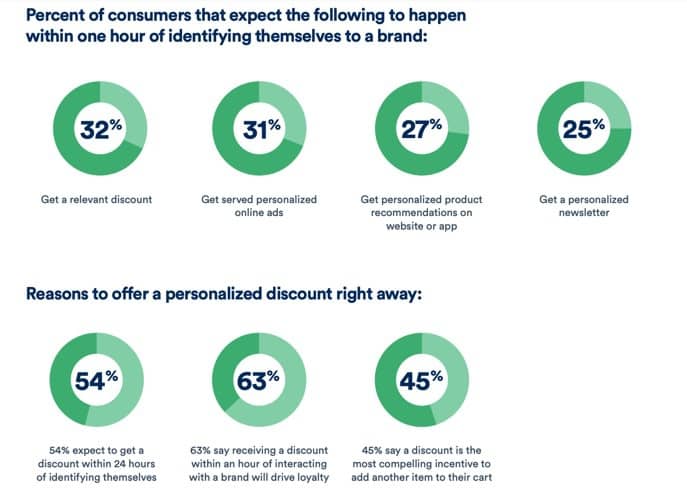
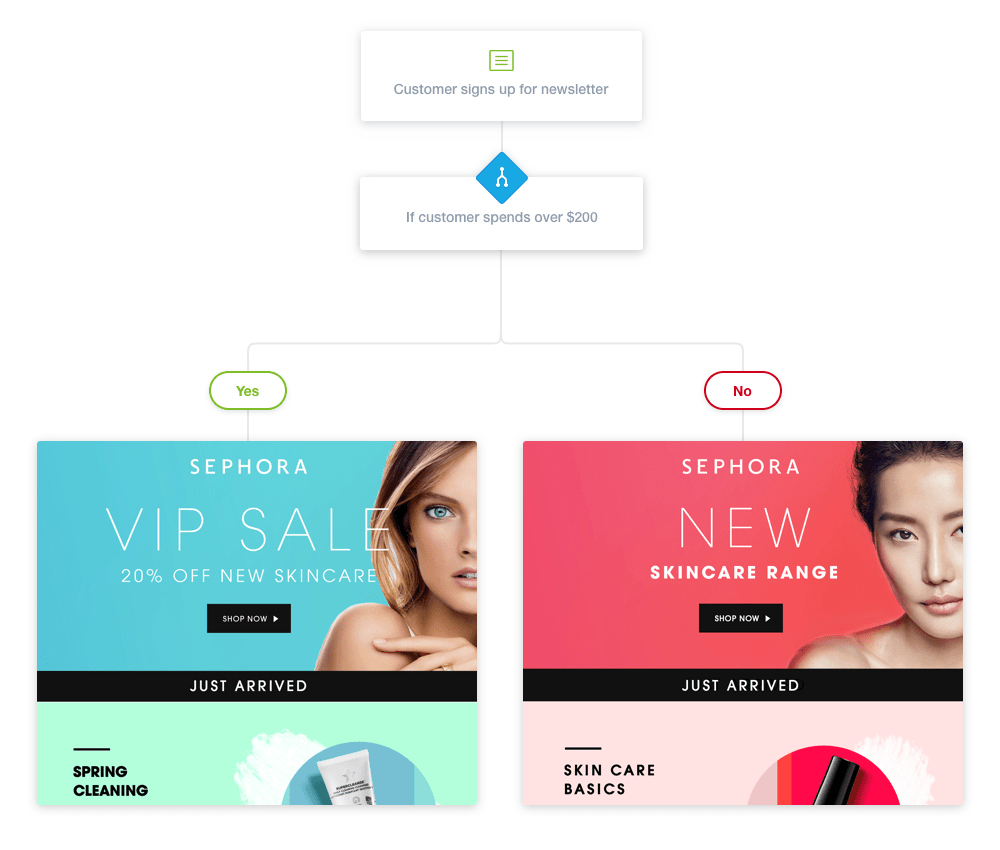
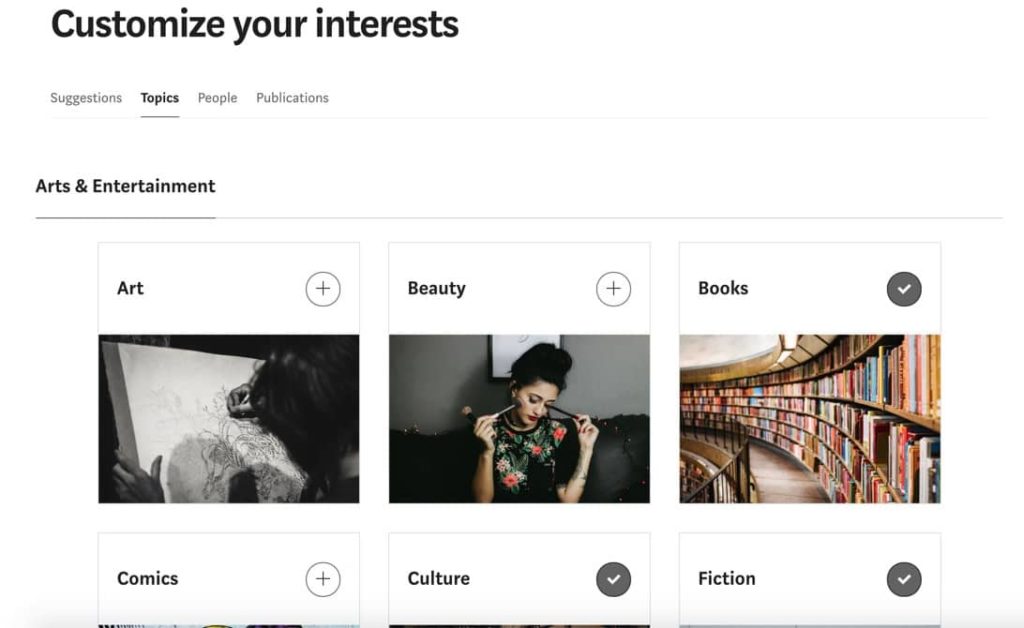
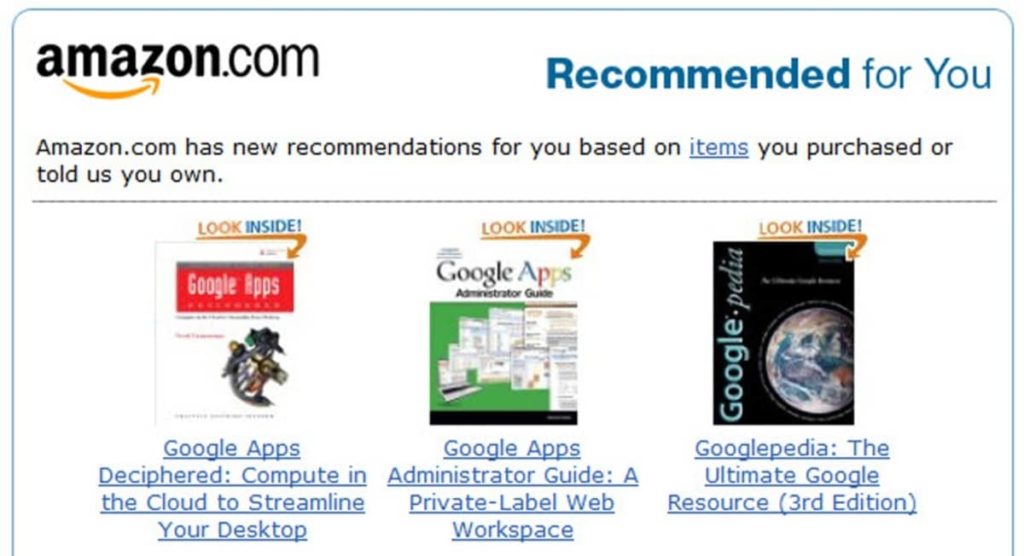


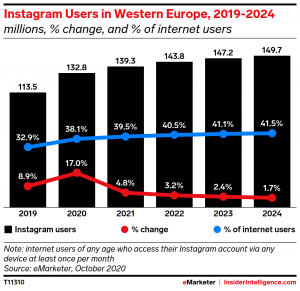
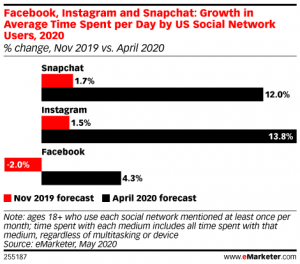 14.
14. 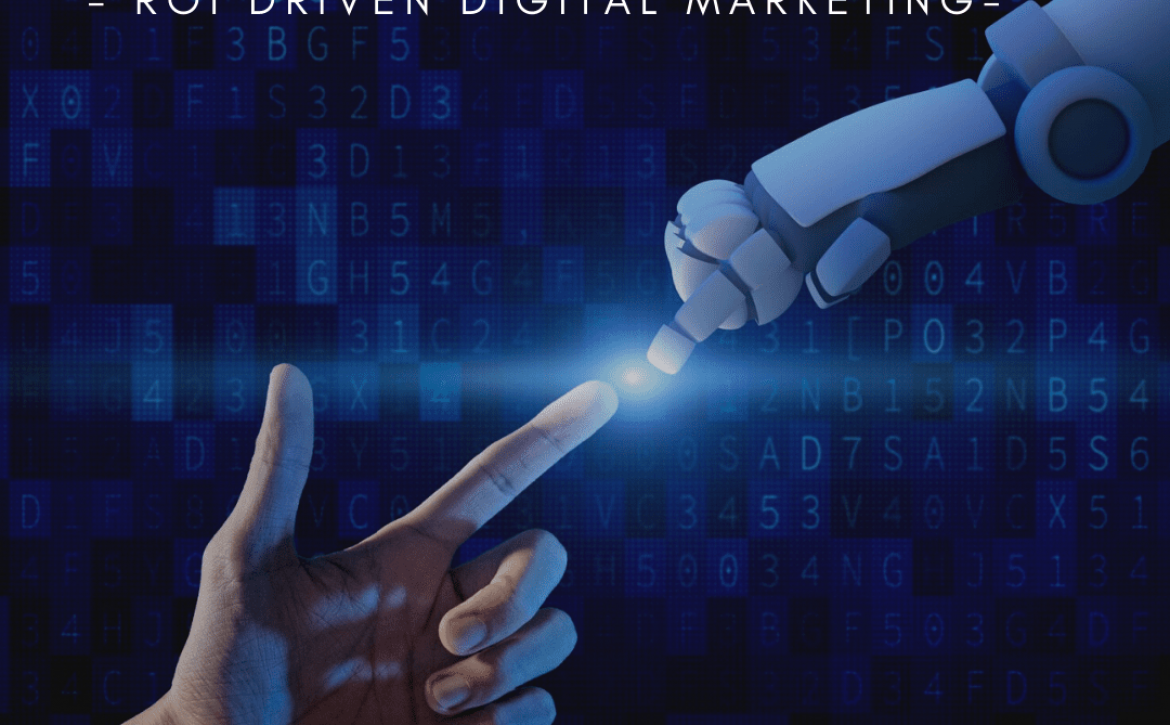


 As per Forbes, 41% of Facebook users are over the age of 65. It is evident that Facebook is losing ground with the younger demographics, who tend to prefer the more visual, interactive experiences offered by Instagram, Snapchat, and the rising star, TikTok.
As per Forbes, 41% of Facebook users are over the age of 65. It is evident that Facebook is losing ground with the younger demographics, who tend to prefer the more visual, interactive experiences offered by Instagram, Snapchat, and the rising star, TikTok. The meteoric rise of Instagram has resulted in one billion+ users, which is an impressive achievement in basically no time. It is one of the fastest growing social media platforms, with much of its user base belonging to younger demographic, especially under 30.
The meteoric rise of Instagram has resulted in one billion+ users, which is an impressive achievement in basically no time. It is one of the fastest growing social media platforms, with much of its user base belonging to younger demographic, especially under 30.
 – 80% of online users utilized a mobile device to search the internet in 2019
– 80% of online users utilized a mobile device to search the internet in 2019 Customers that are engaging with your business online via mobile devices must have the same positive and easy experience as they would if they were on desktop. It is becoming crucial for your business to adapt to this and implement a
Customers that are engaging with your business online via mobile devices must have the same positive and easy experience as they would if they were on desktop. It is becoming crucial for your business to adapt to this and implement a